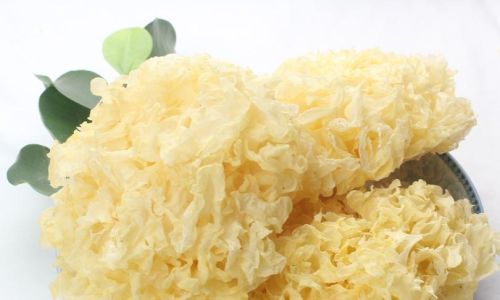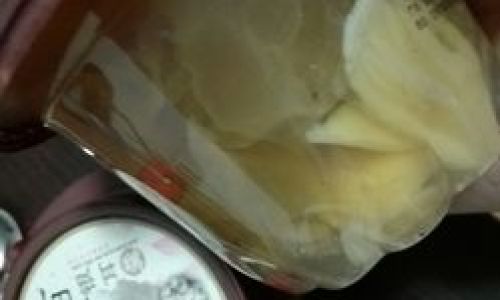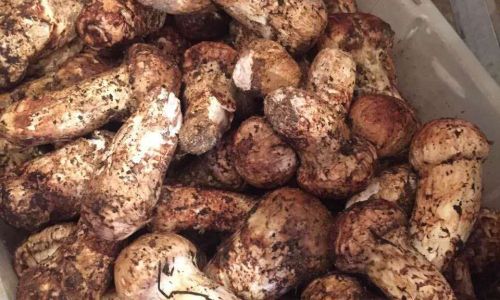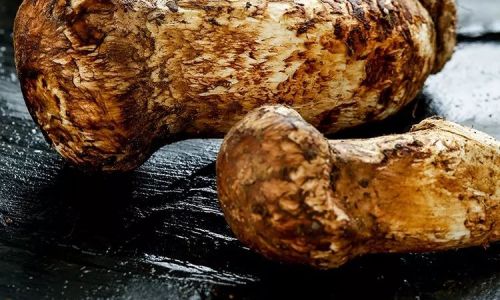Introduction
White fungus, scientifically known as Tremella fuciformis, is a popular edible mushroom revered for its nutritional benefits and culinary versatility. This gelatinous, translucent fungus is often used in traditional Chinese medicine and various Asian cuisines for its ability to enhance skin health, boost the immune system, and promote overall well-being. However, like any food product, white fungus has a specific shelf life, and understanding its duration is crucial for ensuring safety and quality. This article aims to provide a comprehensive guide on the shelf life of white fungus, factors influencing its durability, proper storage methods, and tips for identifying freshness and spoilage.
Shelf Life Overview
The shelf life of white fungus can vary significantly depending on its form (dried, fresh, or canned), packaging, and storage conditions. Generally, dried white fungus has the longest shelf life, followed by canned, and then fresh varieties.
-
Dried White Fungus: When properly stored in an airtight container in a cool, dark place away from moisture and direct sunlight, dried white fungus can retain its quality for up to two years. Some high-quality, well-preserved batches may even last longer, but it’s always advisable to check for signs of spoilage before consumption.

-
Canned White Fungus: Canned white fungus, which is preserved in a sterile environment and sealed with an airtight lid, typically has a shelf life of 12 to 24 months, as indicated on the can’s label. Once opened, it should be consumed within a few days and stored in the refrigerator in a sealed container.
-
Fresh White Fungus: Fresh white fungus has the shortest shelf life, usually lasting only a few days under refrigerated conditions. It’s imperative to handle fresh white fungus with care, ensuring it stays chilled and is consumed promptly to avoid spoilage.
Factors Influencing Shelf Life
Several factors can impact the shelf life of white fungus, including packaging, storage conditions, and the initial quality of the product.
-
Packaging: Proper packaging is essential for preserving the quality and extending the shelf life of white fungus. Dried white fungus should be stored in airtight containers to prevent moisture and air from entering, while canned and fresh varieties should maintain their original packaging until opened.
-
Storage Conditions: Temperature, humidity, and light exposure are critical factors. Dried white fungus thrives in cool, dry environments, while canned and fresh varieties require refrigeration to slow down bacterial growth and maintain freshness.
-
Initial Quality: The quality of the white fungus at purchase can also affect its shelf life. High-quality, well-dried, and properly processed white fungus will have a longer shelf life compared to lower-quality products.
Proper Storage Methods
To maximize the shelf life of white fungus, follow these storage tips:
-
Dried White Fungus: Store in an airtight container in a cool, dark place, such as a pantry or cupboard. Avoid storing it in the refrigerator, as the humidity can cause condensation and promote mold growth.

-
Canned White Fungus: Keep the can in a cool, dry place until you’re ready to use it. Once opened, transfer the contents to a glass or plastic container with a tight-fitting lid and store in the refrigerator.
-
Fresh White Fungus: Refrigerate immediately after purchase in a sealed container or wrapped tightly in plastic wrap. Use within a few days for optimal freshness.
Identifying Freshness and Spoilage
Knowing how to identify fresh and spoiled white fungus is vital for food safety. Here are some signs to look for:
-
Freshness Indicators: Fresh white fungus should have a translucent, jelly-like appearance with a mild, earthy aroma. It should feel firm and slightly elastic to the touch.
-
Spoilage Signs: Spoiled white fungus may develop a dark, slimy coating, emit a strong, unpleasant odor, or become soft and mushy. Discoloration, mold growth, and an off-taste are also indicators of spoilage. If you notice any of these signs, discard the white fungus immediately to prevent food poisoning.
Conclusion
Understanding the shelf life of white fungus is essential for ensuring its safety and maximizing its nutritional benefits. By following proper storage methods and being vigilant about identifying freshness and spoilage, you can enjoy this delicious and nutritious mushroom for months or even years after purchase. Remember, the key to preserving white fungus’s quality lies in its packaging, storage conditions, and initial quality. With these tips in mind, you can confidently incorporate white fungus into your diet, knowing it’s safe and delicious.
In summary, white fungus is a valuable addition to any diet, but only if consumed within its recommended shelf life and stored correctly. By paying attention to these details, you can enjoy all the health benefits this unique mushroom offers while avoiding potential food safety risks.






0 comments